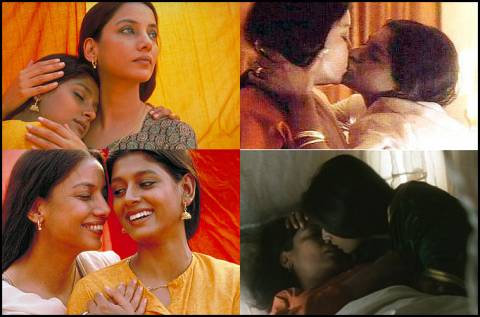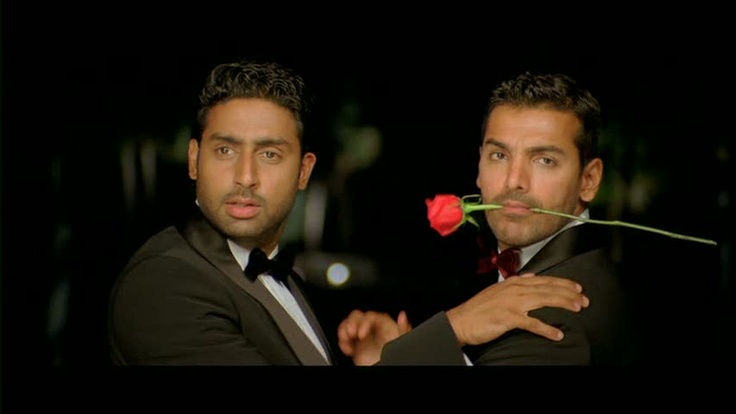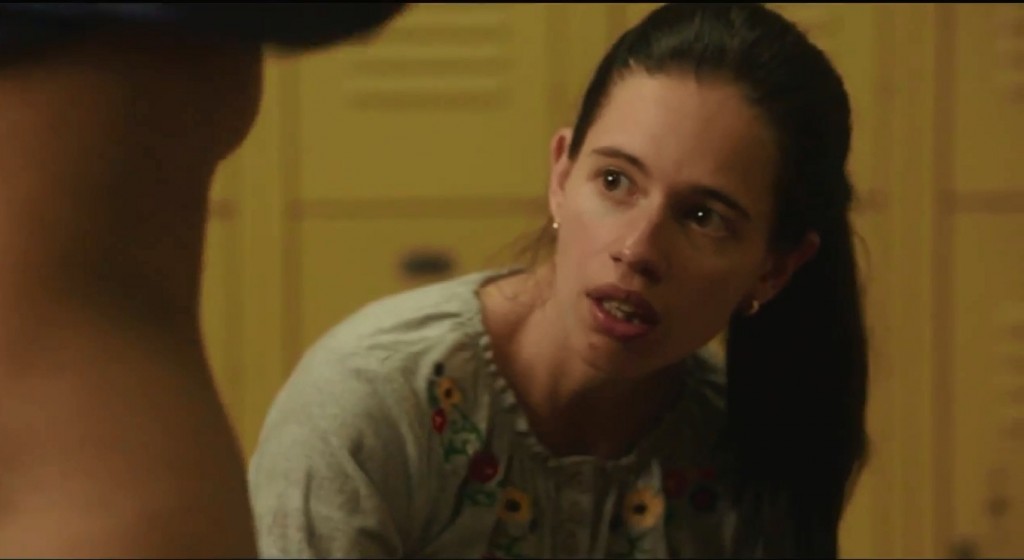In 1996, when Deepa Mehta’s groundbreaking film Fire, which showed intimate relationship between two middle-class lesbian women, was released, there were widespread protests. Cinemas in Bombay were barred from releasing the film and both politicians, and academics like Madhu Kishwar criticised the film’s content, for different reasons, of course. The director later clarified in an interview that the film was not about lesbianism, but rather about choice. She said, “Fireis about choices, the choices we make in life which may lead to alienation. By the bisexuality theme in the film, I have just shown an extreme choice.”

Movie Fire
While there have been several films between 1996 and 2018 that have generously portrayed LGBTQIA characters in different ways, also exploring intersectionality with class, caste and ethnicity, the topic of explicit (and in some cases, implicit) ‘gay’ content remains untenable. Film producers still shirk away from producing such a film and only a niche group of directors and actors even think of venturing into such roles.
It becomes more comfortable to then portray LGBTQIA characters as they have been for decades— within transfixed boundaries of stereotypes. Whether it is the hijras who are called to bless newborn babies, or the effeminate friend of the hero who majorly acts as a comic relief and somehow loves pink too much, a gross amount of misrepresentation is involved in cinematic portrayals of this community. While it is true that finer portrayals of such characters are not commercially lucrative, there is more to this question. Bollywood has had a certain kind of apathy when it comes to imitation of non-heterosexual characters; it seems to live in perpetual denial. Whether it is Jai Mehra in Prem Aggan (1998) or Rohit Khanna in Fashion (2008), it is not enough to be gay; you have to also ‘look gay’. Therefore, even in non-heterosexual couples such as in Dostana (2008), heteronormativity remains implicit. A gay or a lesbian couple is supposed to have the same features like that of a straight couple with one person behaving ‘like a woman’ and the other, being boorishly masculine.

A still from the movie Dostana
This indifference seems to be very ‘Indian’. Ironically, in this way, Bollywood does manage to be an accurate reflection of the society. Both operate and perpetuate systems of oppression that make coming out and open discussion of one’s sexuality plain taboo. Only a few designers in Bollywood such as Rohit Bal and Manish Arora have dared to openly proclaim that they are gay. Hesitance thus breeds ignorance and further delineation. It is no wonder that activists like Harish Iyer have been such ardent critics of Bollywood films.
This is not to say that all is bad in Tinsel town. In between such crude, misunderstood, underexplored films, are short bursts of actual perception. Films like Bomgay (1996), My brother…Nikhil (2005), I am (2010), Bombay Talkies (2013), Margarita With a Straw (2014), , Dedh Ishqiya (2014), Aligarh (2015), Kapoor & Sons (2016) and Dear Dad (2016) and have set the standard for non-conformist sexual representations in Bollywood.

A still from the movie Margarita With a Straw
With such new, ‘thinking’ films, the work has been cut out for Bollywood. They have to rise above crude misrepresentations of ‘gayness’ and the hyper melodrama surrounding these sexual and gender identities, and look towards new directions. Like Fire, they need to exert their choice, even if it leads them beyond boundaries.
Sara Sohail
- Fiery Margaritas: Stereotyping LGBTQIA Identity in Bollywood Films - September 3, 2018

